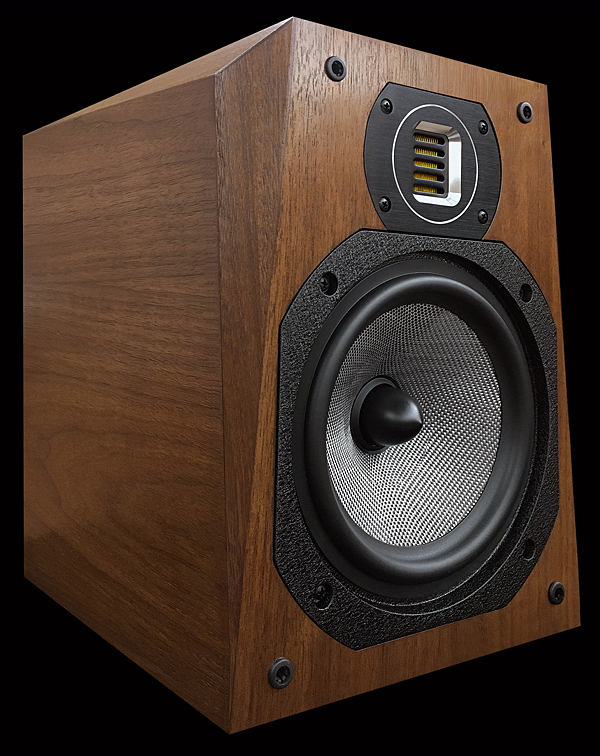| Columns Retired Columns & Blogs |
JA, in your measurements you state: "...presumably to protect it from subsonic overload below the port tuning frequency." 'Subsonic' means below the speed of sound in a given medium. Isn't the correct word 'infrasonic,' which describes sound waves with a frequency below human hearing?










































